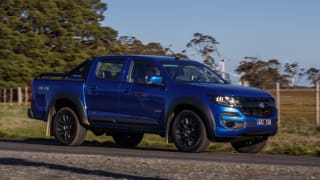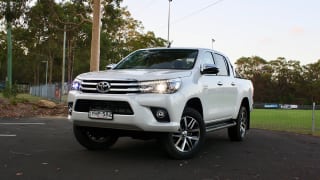The Ranger XLS is only available as a dual-cab 4x4 model, with the choice of a six-speed manual transmission ($49,440 plus on-road costs) or six-speed automatic as tested here ($51,640). That said, there are deals being done on this spec at the time of writing: $43,790 drive-away for the manual, and autos will be discounted, too. Shop around.
The list price is hardly cheap compared with some rivals, but it does make it up by offering a solid list of standard equipment.
It has 16-inch alloy wheels, manual air-conditioning, cloth seat trim, carpet flooring, and as standard you get a 4.2-inch media screen with Bluetooth phone and audio streaming and USB connectivity.

Our XLS had an optional Sync3 Pack fitted - it costs $1950 more, and adds the brand’s impressive 8.0-inch media screen with in-built sat nav, Apple CarPlay and Android Auto, dual 4.2-inch colour instrument screens, dual zone climate control, smart key with push-button start, chrome grille and chrome door handles. Money well spent.
Things still missing compared to higher grade models include side steps and more usable rear step bumper (the XLS’s one is flat, requiring a bit more lunge!).
That aside, it’s the safety gear that really raises this spec of Ranger up.





















